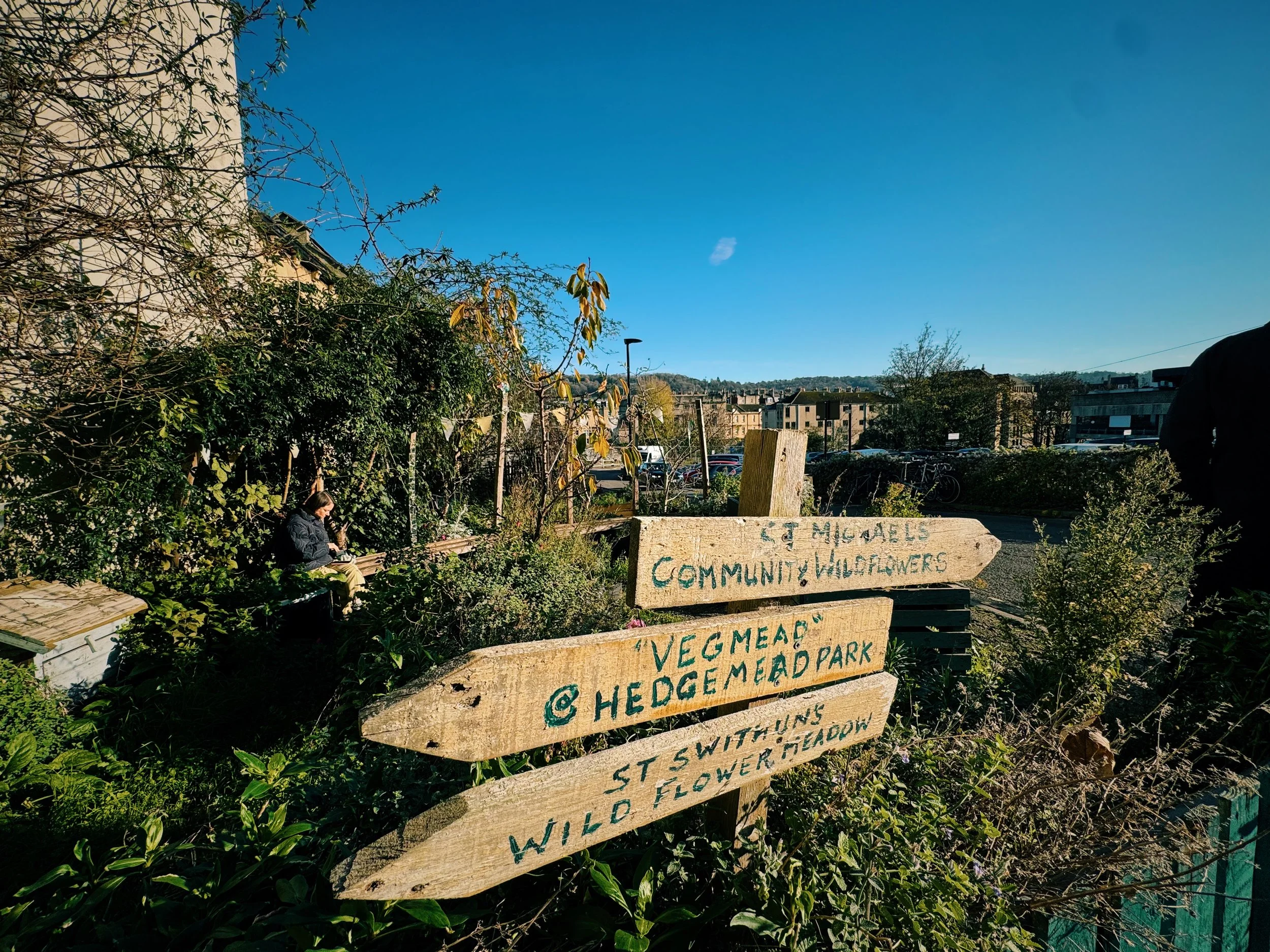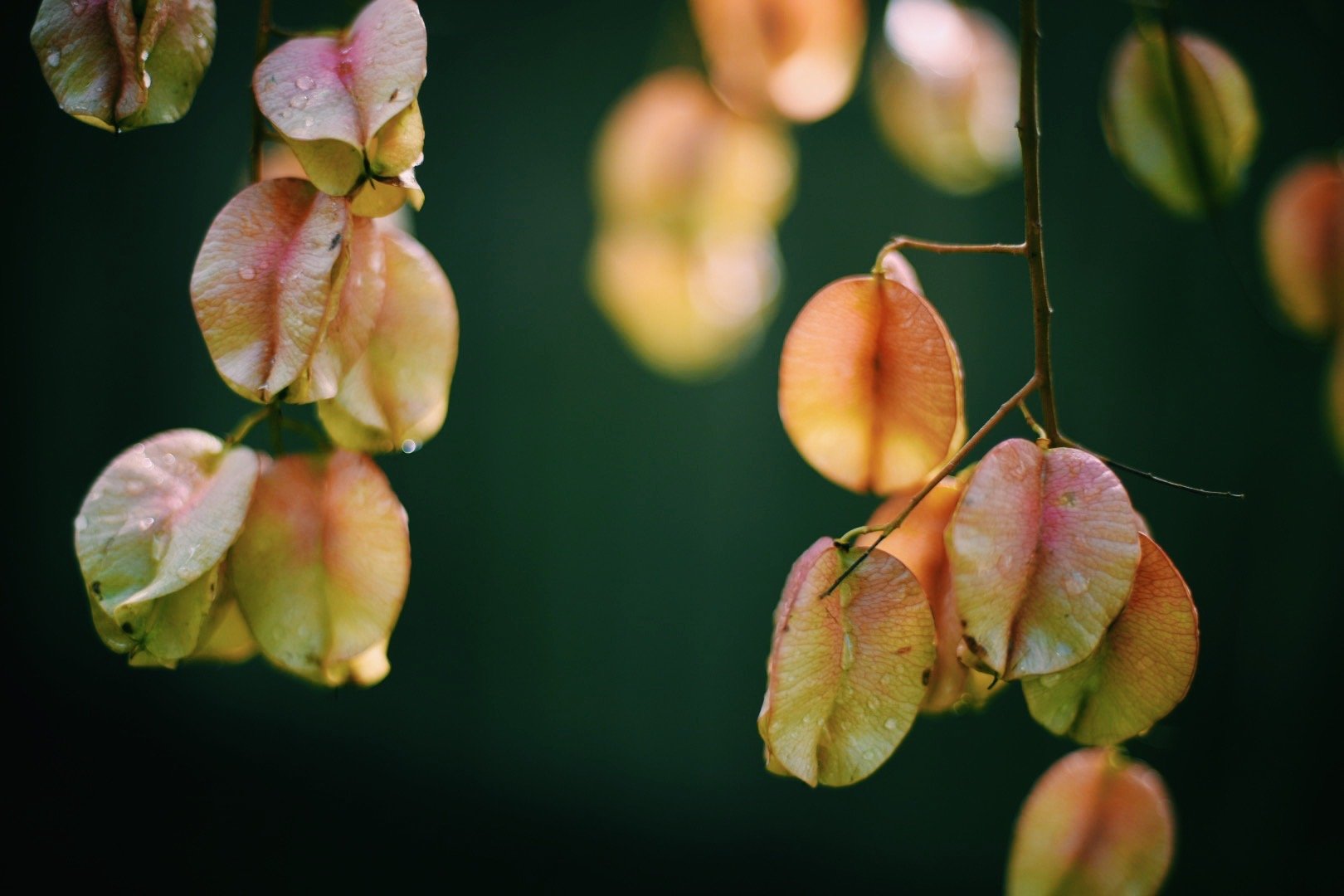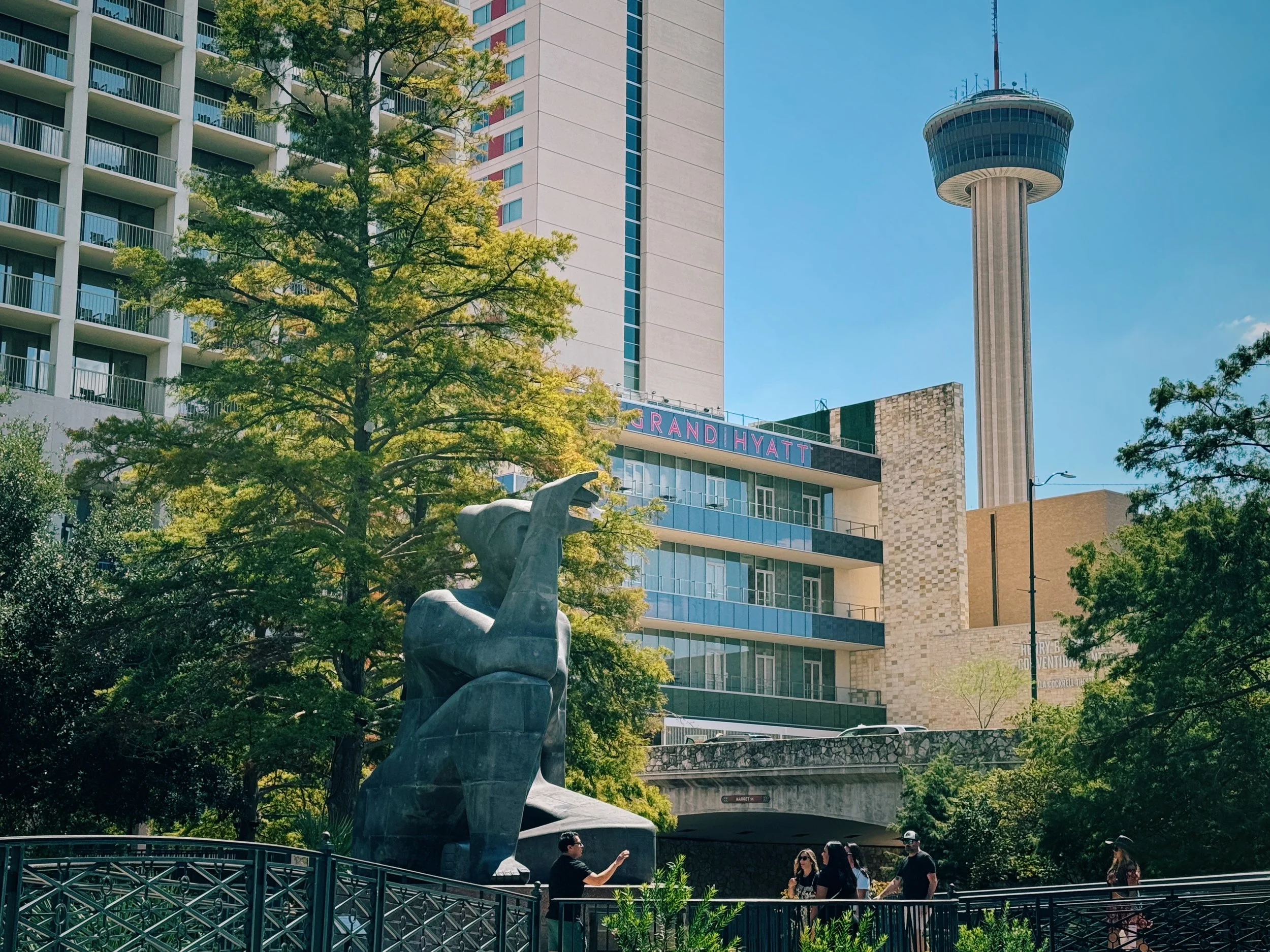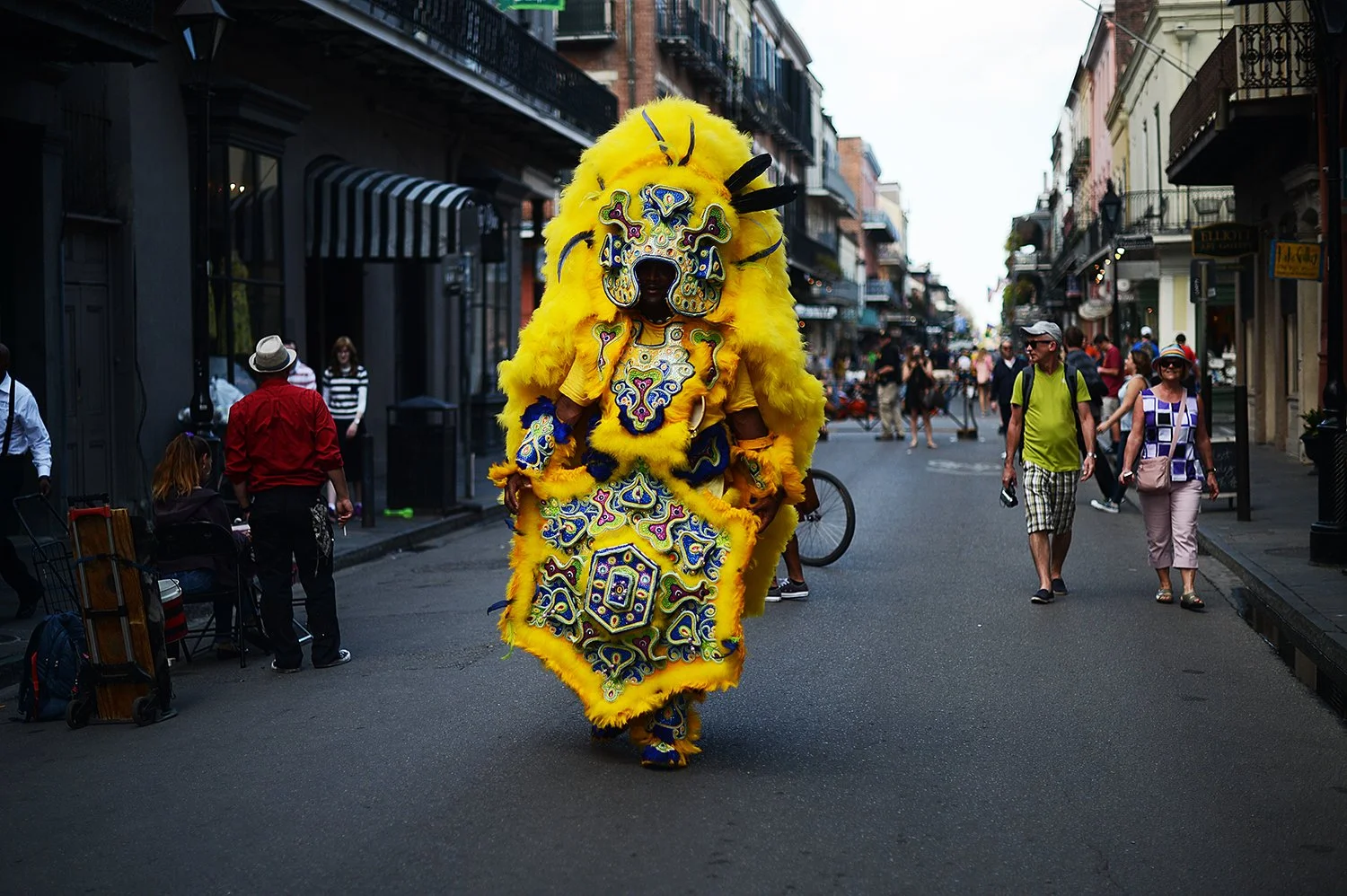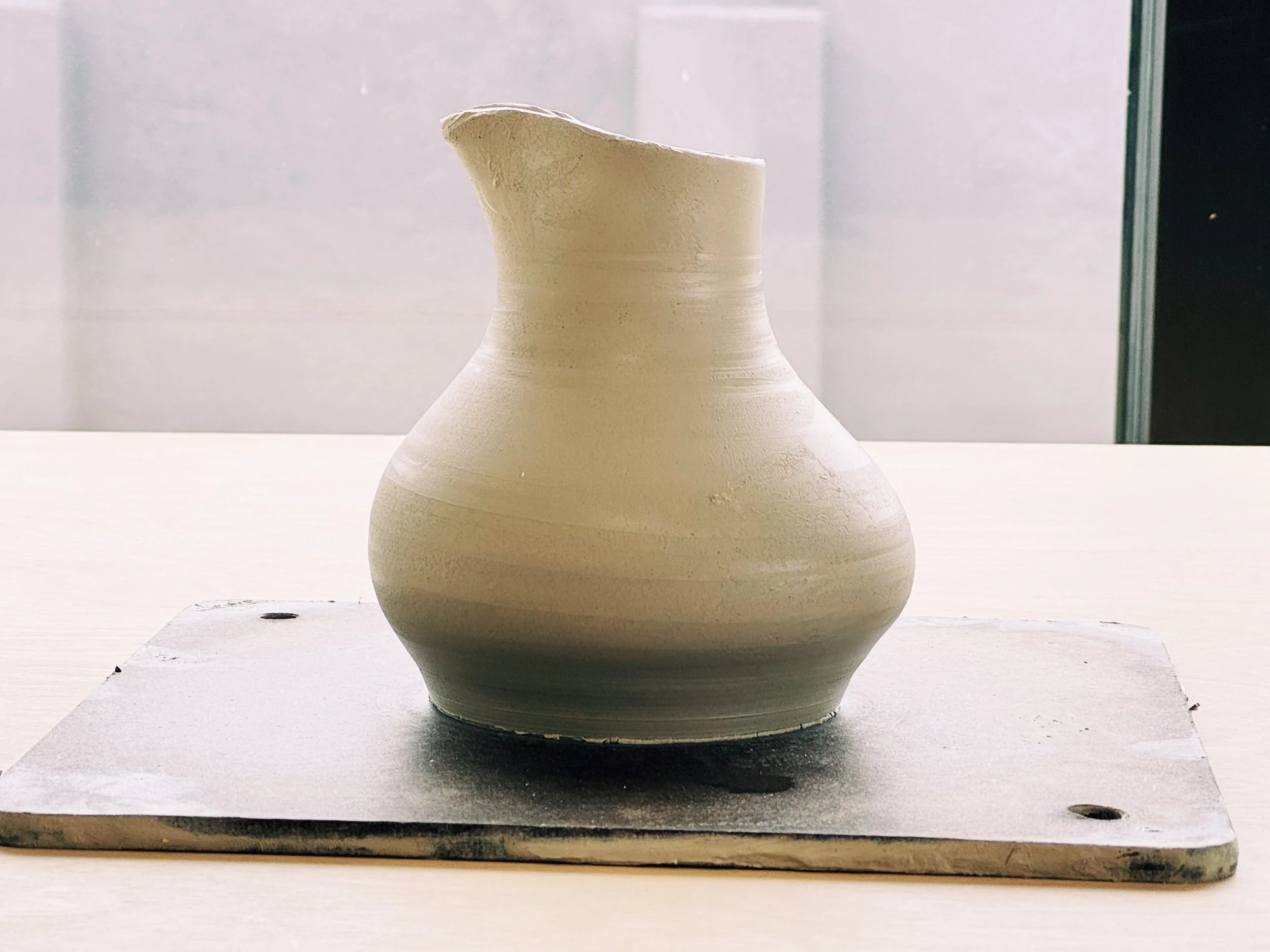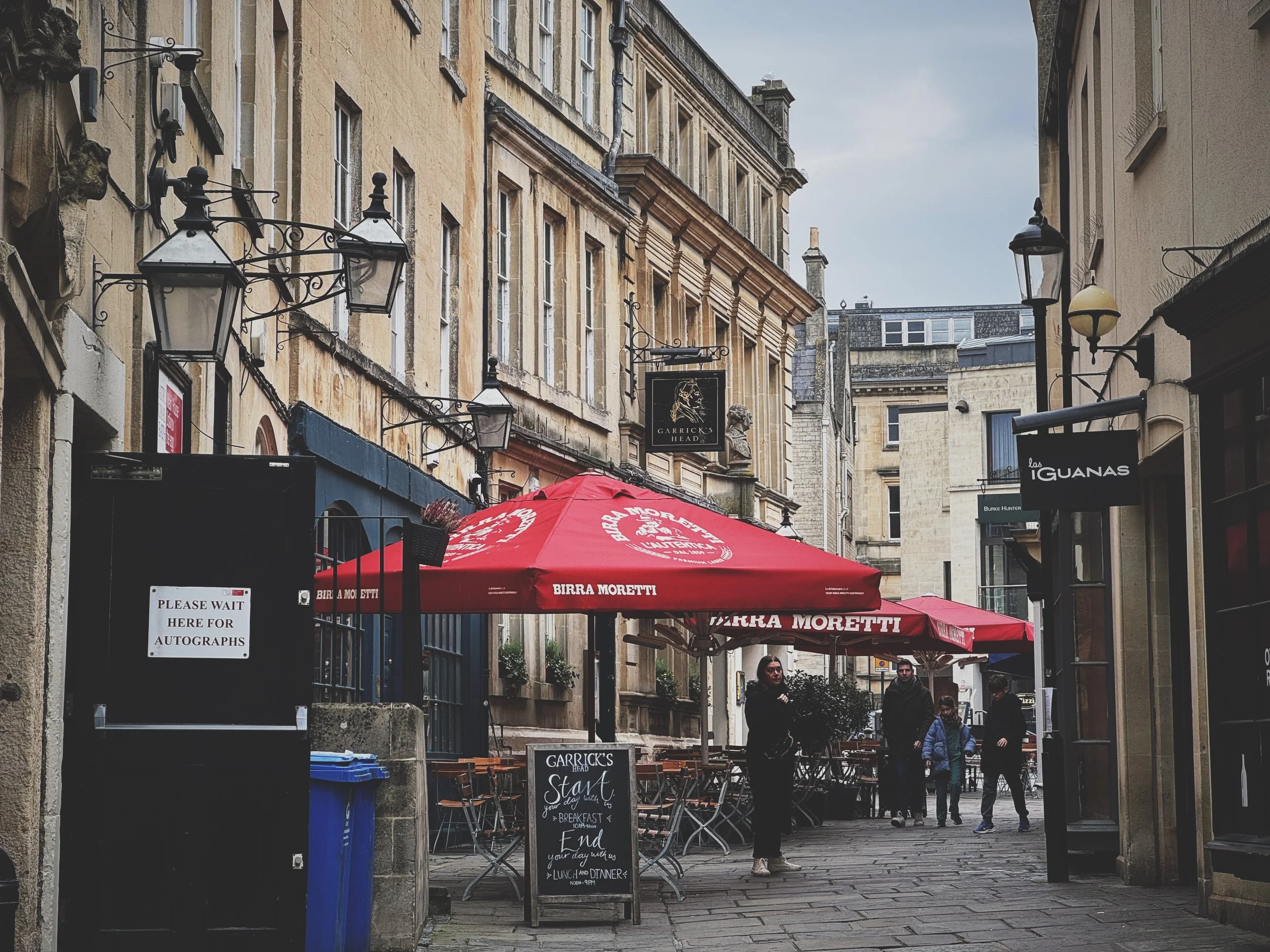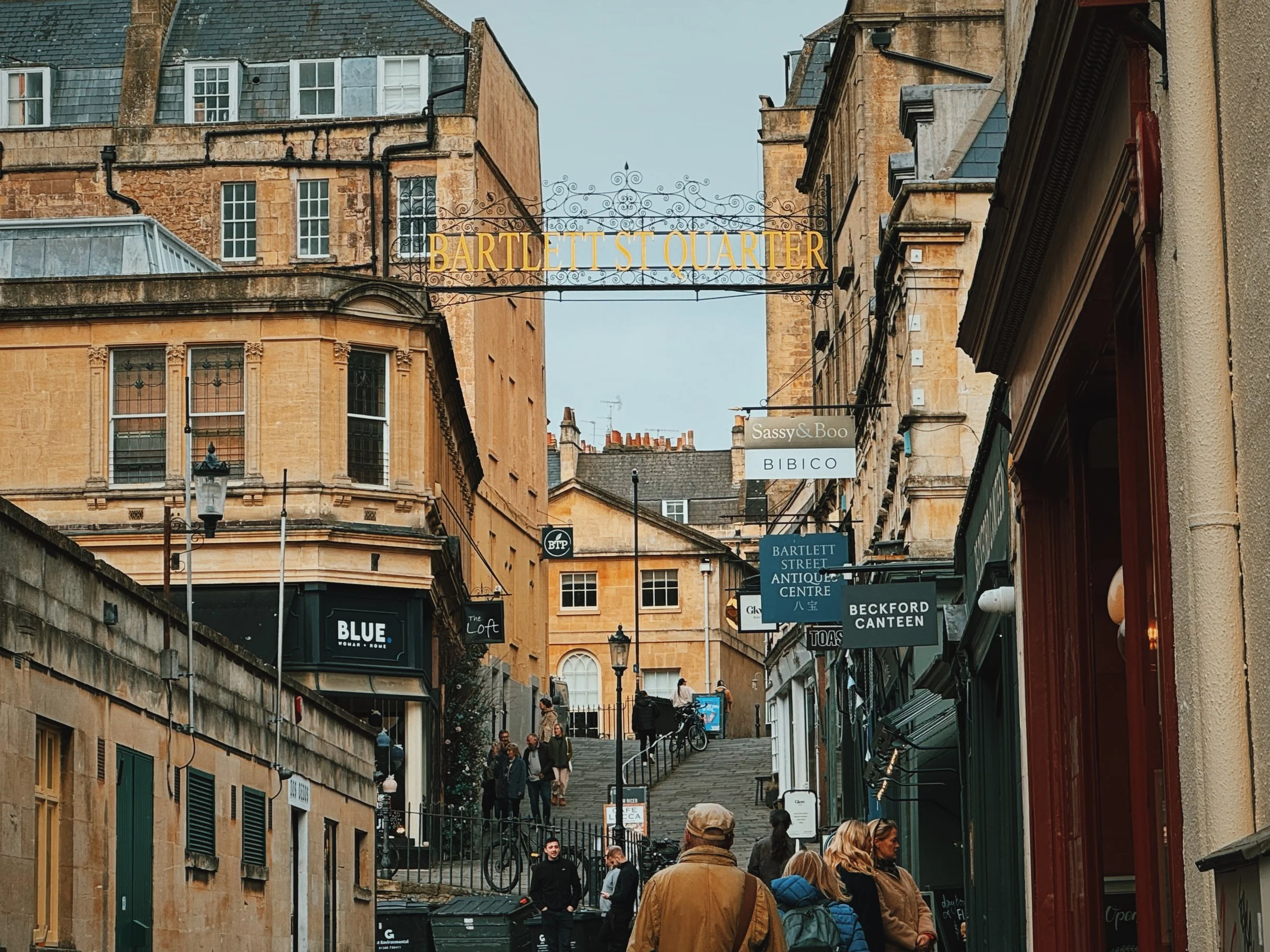to us: the tired, poor, and huddled masses
Inside the lower pedestal of the Statue of Liberty — that symbol that Americans are so proud of — is mounted a plaque engraved with a sonnet, entitled “The New Colossus.” It was written in 1883 by American poet Emma Lazarus, herself an activist and advocate of refugees fleeing persecution. It reads, in its entirety, as follows:
Not like the brazen giant of Greek fame,
with conquering limbs astride from land to land;
here at our seawashed, sunset gates shall stand
a mighty woman with a torch, whose flame
is the imprisoned lighning, and her name
Mother of Exiles. From her beacon-hand
glows world-wide welcome; her mild eyes command
the air-bridged harbor that twin cities frame.
“Keep, ancient lands, your storied pomp!” cries she
with silent lips. “Give me your tired, your poor,
your huddled masses yearning to breathe free,
the wretches refuse of your teeming shore.
Send these, the homeless, tempest-tost to me,
I lift my lamp beside the golden door!”
The news out of Washington DC continues to be grim: just last week alone, between passing a big, ugly bill that all but guarantees to strip meaningful care from the country’s most vulnerable, to the building of — let’s call it what it is — a concentration camp, with the nickname “Alligator Alcatraz” (I wish I was kidding), the dehumanization by the current administration continues apace. As I read the barrage of headline news, I kept thinking about that plaque inside the Statue of Liberty.
How the hell did we get here?
I’ve been shaken, to say the least. When I find myself rattled, the very first thing I do is take a beat: it’s easy for me to become overwhelmed, so I double down on tapping into a cadence of breath, gratitude, and even moments of delight. It might sound like I’m putting my head in the sand, but I assure you I’m not: taking a moment allows me to gather my thoughts before considering next moves, before re-engaging in the activist work I’m called to do. If I don’t take the time to do this, I risk burnout. I’ve said it before, and I’ll say it again: anger is a powerful spark, but dangerous fuel; and a cadence of self-compassion and joy is how we create the capacity for longevity in the work. I strongly recommend it.
So now that I’ve taken that beat and my thoughts have been gathered, I’ve concluded that relying on the current US administration to take care of its people is a fool’s errand. I’ve come to believe that ultimately, it’s up to all of us to take care of each other.
I believe this, based on a conversation I had with a friend of mine, Sean Fitzpatrick. Sean is a psychotherapist and the executive director of The Jung Center, a nonprofit center and gallery that “champions the value of living an examined life,” and “prizes compassion and creativity.” Sean’s work always centers on empathy, and a few weeks ago over coffee, I shared my half-formed thoughts on communal compassion. He listened and was quiet for a moment. And then, with his trademark consideration, he said:
“I believe the world’s obsession with self-compassion arises from a failure of the community to take care of its people.”
Hearing this, I felt a small jolt. I think he’s right. Put another way: if the community cared for its people, would the need for self-compassion be so urgent?
And so, my friends, I’ve begun a deep dive into how we can create a movement to take care of each other — in a way that feels almost second-nature (which, for the record, is a tall order for someone like me who is deeply introverted). The good news is that I’ve convinced my publisher to replace the book I was writing for them with a book on this topic, instead.
My manuscript is due Spring 2026.
So more as I learn more, friends. In the meantime, just this: take care of yourselves.
And take care of each other.
We might be all we’ve got.



